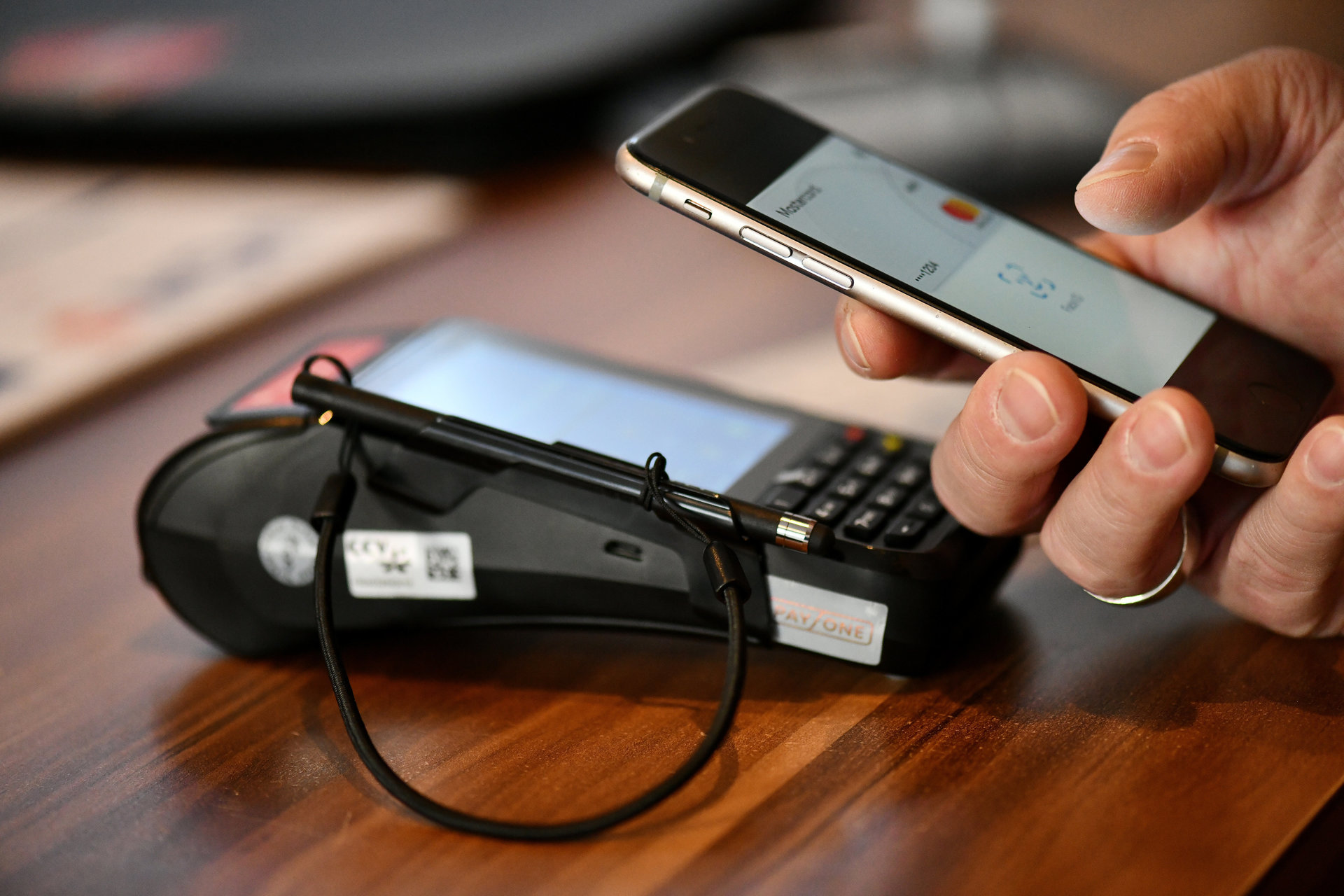The Bank of Russia is going to test the exchange of the digital ruble for foreign currency.
This is stated in the draft of the main directions of digitalization of the financial market for the period 2022-2024, published on Friday, December 10.
As follows from the document, the regulator also intends to provide an opportunity for foreign clients of banks to open e-wallets to use the new form of money.
It is planned to introduce this functionality after the first two stages of testing the digital ruble platform.
Tests should begin as early as 2022.
“We are currently working on a prototype for the digital ruble.
We plan to do it early next year.
Then we will start testing it for different operations, with different counterparties, "- said on Friday the chairman of the Central Bank Elvira Nabiullina.
According to the Central Bank's plans, first of all, Russian banks will be connected to the platform.
As part of this stage, the regulator will begin testing transfers of digital rubles between individuals.
The second phase of testing involves connecting companies and government agencies to the system, after which operations will be carried out in a trial mode between all participants in the initiative.
Further, the regulator plans to connect financial intermediaries and the rest of the infrastructure to the platform.
We are talking about exchanges, brokers, marketplaces and insurance companies.
“The digital ruble in Russia is the Central Bank's response to global trends.
We see that in Europe they are now working on the launch of the digital euro.
The United States is thinking about creating a digital dollar.
At the same time, a project for the implementation of the digital yuan has already been successfully tested in China, ”said Artyom Deev, head of the analytical department at AMarkets, in a conversation with RT.
Recall that the Bank of Russia announced the development of an electronic national currency back in 2020.
As expected in the Central Bank and the Ministry of Finance, over the next ten years, the digital ruble will begin to be actively used along with cash and non-cash money.
Note that the Central Bank issues cash in the form of banknotes, each of which has a unique number, and non-cash rubles are entries on accounts in commercial banks.
In turn, the Central Bank will assign the digital ruble the form of a unique code that will be stored in a special electronic wallet.
“In fact, digital rubles will be stored in the Central Bank, and the owners will be provided with direct access to money.
This will significantly reduce the role of financial intermediaries in the form of commercial banks.
Such a model of the economy increases control over money circulation, "Alexander Osin, an analyst with the trade operations department in the Russian stock market at the Russian stock market, explained in an interview with RT.
globallookpress.com
© Frank May / picture alliance
For ordinary consumers, payment in digital rubles will practically be no different from non-cash payments.
This opinion was shared with RT by the head of the laboratory for the analysis of institutions and financial markets at the Institute for Applied Economic Research, RANEPA, Alexander Abramov.
“The main difference is that the electronic ruble will be based on a separate digital platform of the Central Bank.
In this case, the blockchain system will be used to issue money, ”Abramov added.
As emphasized in the Central Bank, keeping money in digital rubles will ensure "a high level of safety and security of funds."
At the same time, it will be possible to use electronic currency without access to the Internet.
As a result, experts from the Central Bank believe, the availability of financial services in remote and sparsely populated areas will increase.
“Probably, smartphones with e-wallets will be connected to a separate closed electronic system, which will be administered by the Central Bank itself.
It is not yet very clear whether this system will operate abroad, but on the territory of Russia, such a mechanism, most likely, is not difficult to create, "said Alexander Abramov.
Transparent approach
The Central Bank notes that transactions with the digital ruble will be carried out at uniform rates, so the business will reduce the cost of such transactions.
Moreover, due to the introduction of electronic currency, the state will be able to improve control over the spending of budgetary funds.
“The digital ruble platform will provide guaranteed targeted delivery of targeted payments to citizens and businesses.
It is also expected to reduce the costs of administering budget payments, ”the regulator's report says.
RIA News
© Vladimir Trefilov
At the same time, the main task of the digital ruble should be to reduce the share of shadow operations in the Russian financial market.
This, in turn, will contribute to the whitewashing of the economy and the growth of budget revenues.
This opinion was shared by the leading strategist of EXANTE Janis Kivkulis in an interview with RT.
“In theory, the use of e-currency will increase the transparency of non-cash transactions.
An important advantage will also be an increase in the speed of transactions, ”the expert added.
Moreover, experts believe that the introduction of the digital ruble and the possibility of exchanging it for foreign currency will further reduce Russia's dependence on international payment systems.
Thus, the new tool will help protect the economy from possible sanctions, analysts are sure.
“Testing the digital ruble in exchange for foreign currency is another response of the Central Bank to threats from the United States to disconnect our country from the SWIFT interbank payment system.
Buying currency for the digital ruble means that Russian banks may no longer need this system to buy dollars from American credit institutions, ”Artyom Deev emphasized.

